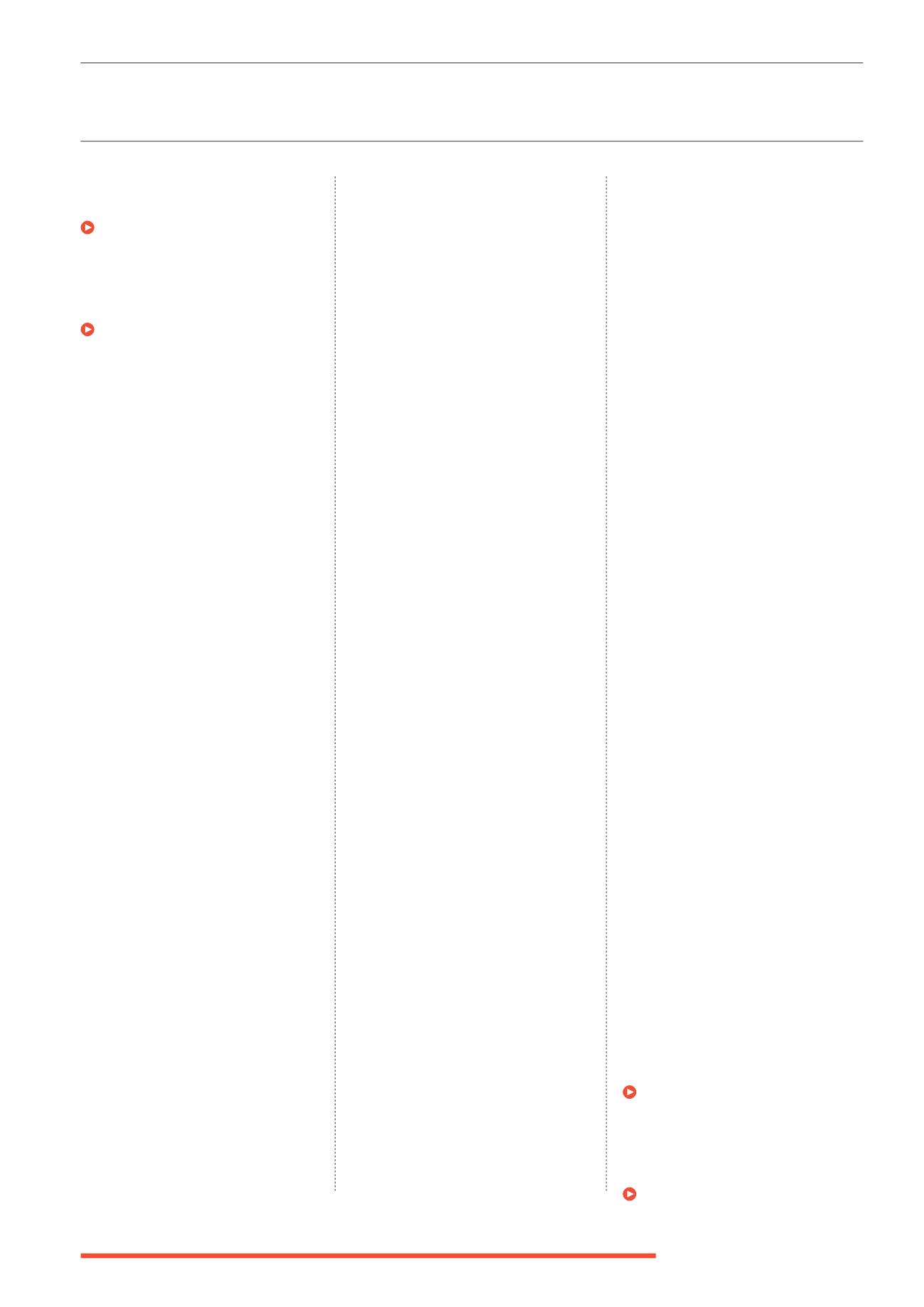
25
leading wines and is calculated monthly
using the Liv-ex Mid Price
The Liv-ex Fine Wine 1000 tracks
1,000 wines from across the world using
the Liv-ex Mid Price. It is calculated
monthly and was rebased at 100 in
December 2003
The Liv-ex Fine Wine Investables
Index tracks the most “investable” wines
in the market; around 200 wines from
24 top Bordeaux châteaux. In essence,
it aims to mirror the performance of a
typical wine investment portfolio. The
index data starts in 1988, further back
than any other Liv-ex benchmark.
However, it is the Liv-ex Fine Wine 100
Index which has been declared the “fine
wine industry’s leading benchmark”
by Reuters, and represents the price
movement of 100 of the most sought-
after fine wines for which there is
a strong secondary market and is
calculated monthly. According to Liv-
ex.com, the index is calculated using
Liv-ex Mid Prices, and then weighted to
account for original production levels
and increasing scarcity as the wine ages.
As such, the index is designed to give
each wine a weighting that corresponds
with its impact on the overall market.
In order to qualify for the index, wines
must have attracted critical acclaim
from a leading critic (a 95-point score or
above) and attract a regular market on
Liv-ex.
Although this index is the default
measure used by the industry and
investors to gauge the health or
otherwise of the overall market, some
commentators would like the Liv-ex
100 to better reflect what is really being
bought and sold out in the real world
as the criteria are strongly influenced
by high Parker scores and recency
of vintage. This has meant that less
favourable vintages have not found
their way into the index and their pricing
is therefore not tracked, the problem
being that many of those vintages have
persistently out-performed the more
well received, for example the vast
majority of ‘09s have barely moved as
they were so very expensive to begin
with.
Nevertheless, in the last fifteen years,
the internet and sites like Liv-ex.com
have hugely increased the clarity of
information and access to pricing and
research and simply buying and selling,
whilst other collectibles markets data
remain difficult to access and verify.
ASSOCIATED COSTS
RPC, the UK’s law firm of the year
in 2014, refers to two unavoidable,
but widely overlooked, costs in the
collectables market: firstly, extensive
and reliable due diligence. “With fraud
and counterfeiting so commonplace
in the collectibles market, even the
relatively experienced run the risk of
being duped by sham deals, high quality
fakes, or forged provenance. Secondly,
by their very nature, most collectibles
are vulnerable to accidental damage.
It is prudent, therefore, to ensure that
passion assets are adequately insured
to guarantee full coverage in the event
of an unfortunate accident. Particularly
for the most unique or illiquid assets,
it is of paramount importance that
passion assets are independently
valued by a suitable panel of assessors
on a regular basis”
59
.
In addition, the very act of acquiring and
looking after real assets is expensive:
whereas the cost of purchasing and
owning equities is negligible, valuables
have high transaction costs and need
to be securely stored and maintained.
60
In fact, transaction costs are often not
taken into account in data indices -
academic research
61
, looking at the price
of five long established Bordeaux wines
from 1900 to 2012 revealed that these
wines delivered a return of around 5.3%
per annum above inflation and around
4.1% after storage and insurance costs,
but suggest that these would be lower
if transaction costs were taken into
account.
44
Since fine wine is a commodity that
generates no income, it is therefore
essential to be aware of all the potential
costs at the outset and these can vary
significantly across brokers, funds and
companies.
VALUATION
Critics argue that, as a result of the
limited historical risk and return data,
passion assets are subjectively valued,
making their valuation very difficult and
sometimes impossible until the point
of sale
59
: Without dividends or interest
to assist with price appraisal, wine is
a speculative investment and this is
not aided by the fact that tastes vary
across nationalities, cultures and over
time, which means that demand, and
thus prices, will vary across different
segments of the collectibles market.
The investment returns for collectibles
thus depend largely on continued flows
of funds and interest driven by growing
wealth, the ability to identify trends in
taste, and access to the rarest, most
sought after items. The consumable
nature of wine also plays a part in value
variations and, to some extent, sets it
apart from other collectibles.
All of these factors make completely
accurate valuation by a lay person very
unlikely, although wine investors are
greatly assisted by online tools such
as Liv-ex and other websites which are
significantly more informative than
those at the disposal of collectors of
other passion assets such as cars.
Regular valuation is important
because it helps to identify the
right opportunities to sell and what
represents good value in buying and
the potential for growth when buying.
Hence, the right expertise is essential.
PROVENANCE, STORAGE
AND SECURITY
Even London’s Metropolitan Police
Force has some views on wine
investments, which it says, can make,
“a good, relatively low risk long-term
investment”.
Their guidance is as follows:
Provenance and quality.
This is
crucial to the value of your investment.
Make sure you know the provenance of
the wine you are buying - that it comes
from a reliable origin.
Condition.
Gather details about
anything which may affect the value of
“Regular valuation is important because it helps to identify the right opportunities to sell and
what represents good value in buying and the potential for growth when buying”


